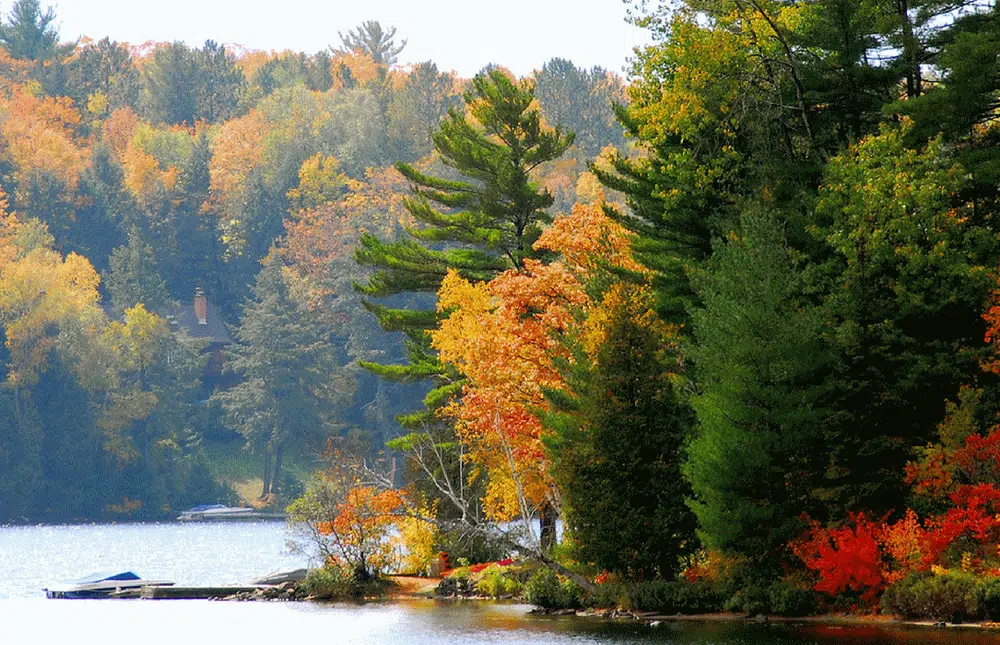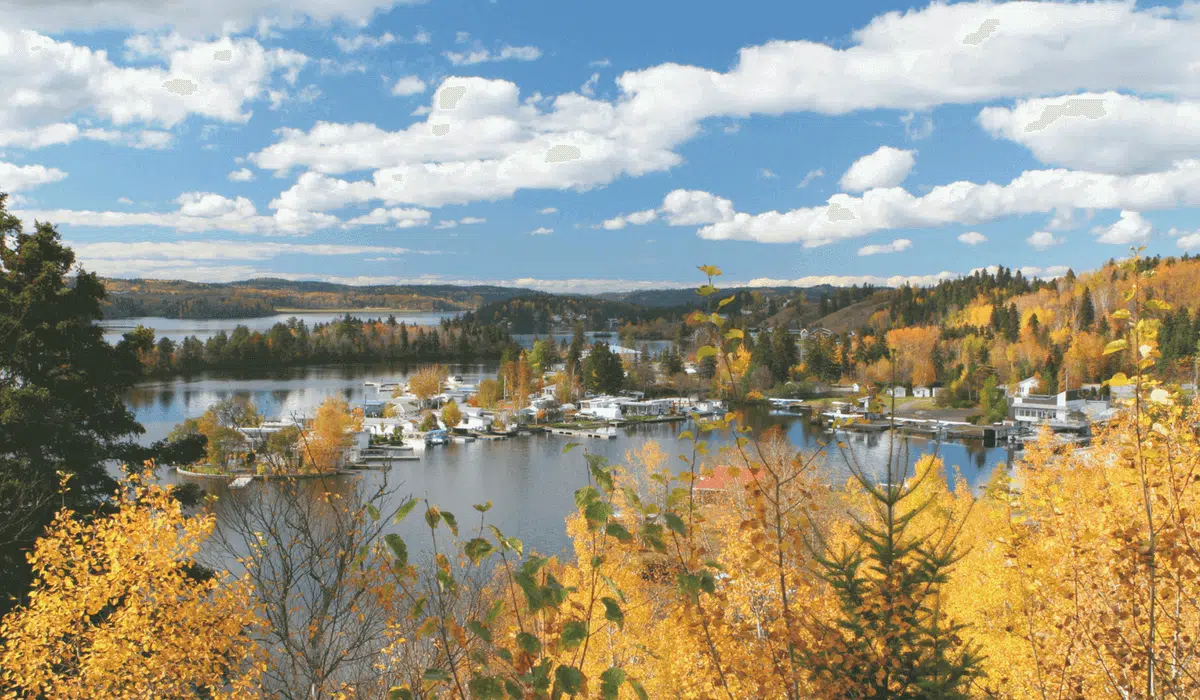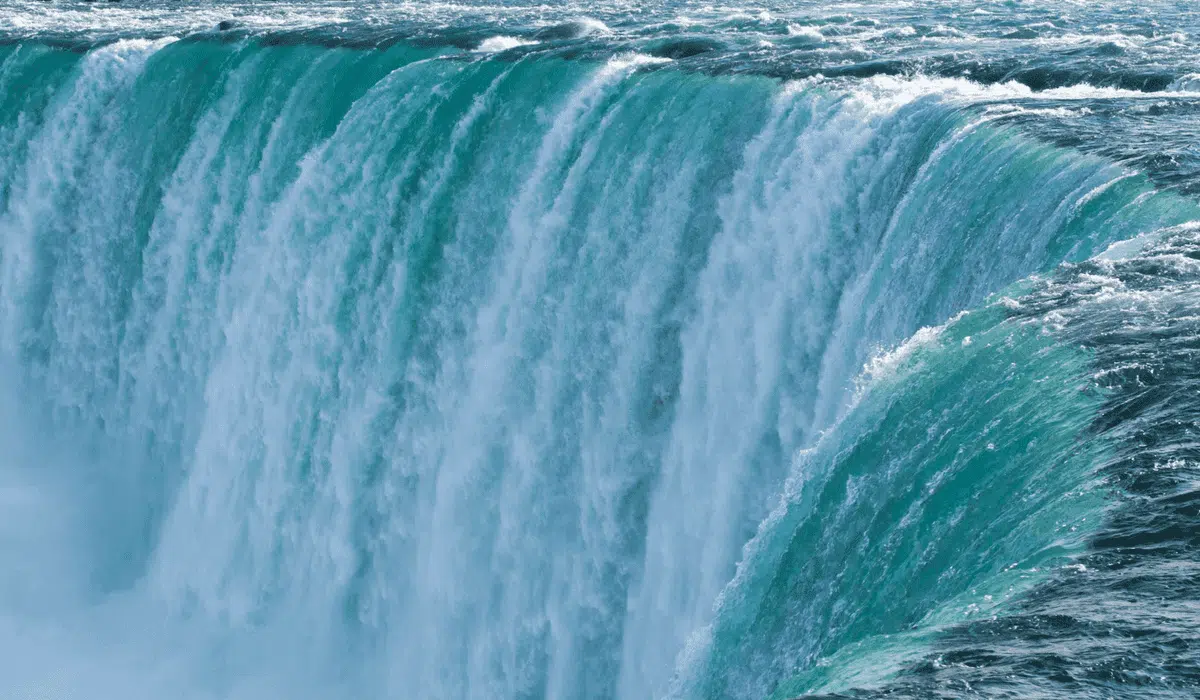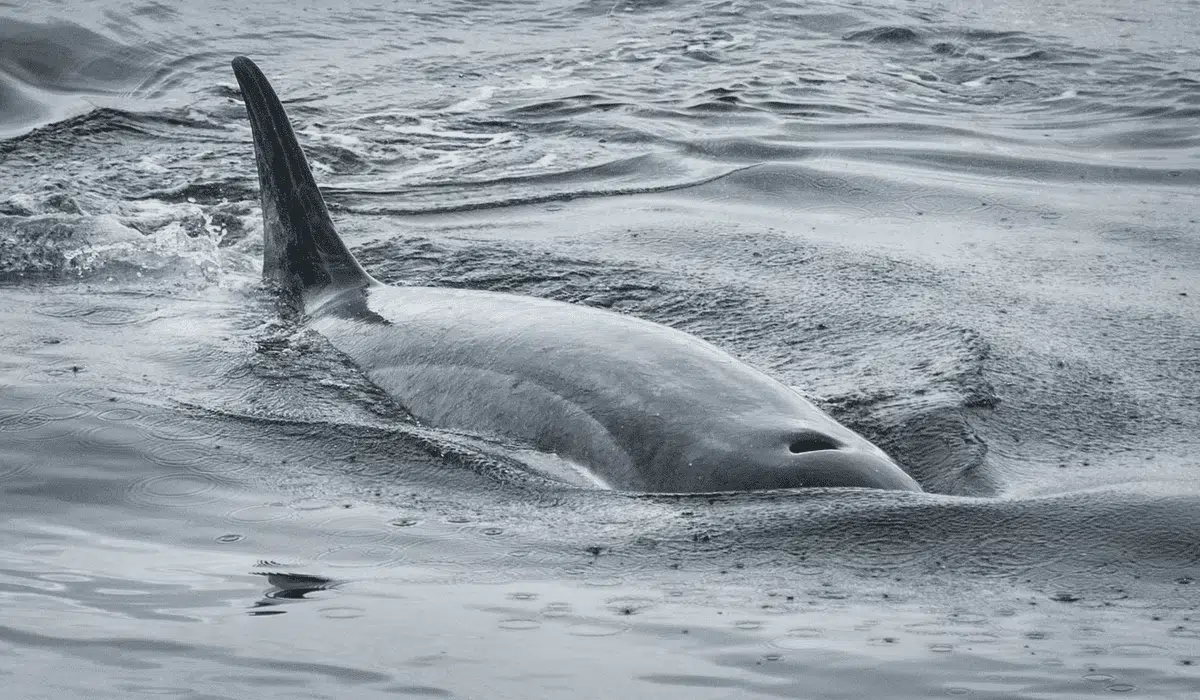Discover the largest expanse of freshwater on the planet.
From the mouth of the Saint Lawrence River to its source in the remotest Great Lakes, life is lived gently and tranquilly during the Indian summer in Canada.
The legendary Canadian Great Lakes
To travel the waterways of Canada is to offer oneself the opportunity to engage in one of the most powerful dialogues man can have with his environment. To begin with, there are the Great Lakes, which together constitute no less than the largest expanse of freshwater on the planet. It’s typical to see smaller boats sailing these waters, as the Lakes are generally unsuitable for navigation by larger vessels. And thanks to Ponant‘s new pride and joy, Le Champlain, you can now experience an intimate sailing that takes you as close as possible to the Lakes’ myriad treasures.
The incredible colours of the Indian summer

As you gaze upon this simply unparalleled variety of shades and tones, you begin to understand just why Canada’s famous Indian summer has been the subject of so many paintings and songs. As the sun begins to set and the banks become ablaze with rich, vivid hues, everyone onboard the boat takes the opportunity to savour this special, privileged moment. On land the next day, the combination of horse treks, wood cabins, campfires and thick blankets lends a touch of gypsy chic to the unique ambiance and atmosphere.
Niagara Falls up close

The Niagara Falls express the full power of nature. The visual hallmark of this ancient Iroquois land, the falls separate Lake Erie from Lake Ontario and also form a natural border between Canada and the United States over a distance of one kilometre. Everyone is able to gain a sense of their own insignificance when faced with the immensity of this place. It’s an unforgettable spectacle, and one that everyone is able to appreciate all the more thanks to detailed explanations from expert guides.
The tranquillity of the Saint Lawrence
Fed by the Saint Lawrence Seaway, along which Le Champlain sails throughout this voyage, the five Great Lakes are all linked to each other solely and uniquely by the river’s immense estuary. Named thus by Frenchman Jacques Cartier, who discovered it on August 10, 1535 (the Feast of Saint Lawrence), the Saint Lawrence continues to play a major role in the country’s economic development. And with good reason, as it flows through the entire territory of Quebec. It is also home to an especially rich range of aquatic wildlife, of which the blue whale is the standard-bearer.
In the realm of giant mammals

It is to the mouth of the Saint Lawrence that blue whales, in all their 25 metres in length and tens of tonnes of weight, come to feed each autumn before setting out on their long winter migration. From the boat, we frequently spot a first spout of water in the distance. This is the signal for the crew to launch the dinghies.
Gradually, as the passengers approach closer and closer, the excitement mounts and the sense of thrill begins to increase. To avoid disturbing the whales, everyone becomes quiet. The curtain rises. Part of its back comes into sight first, then the tail, dotted with little shells. The luckiest passengers may even have the immense privilege of seeing a whale breaching. Far from being isolated, the whales are accompanied by an army of fellow creatures: prominently moustachioed seals and black-and-white robed killer whales.
Everyone takes photos to capture these precious moments, smiles visible on their faces. And thus, as you glide along the water, the most poignant, wonderful memories are formed.
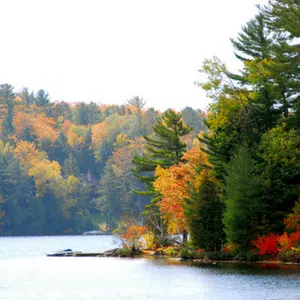
Set sail with PONANT
Travel up the Saint Lawrence River, from Lake Ontario to Lake Michigan, in the heart of a flamboyant nature full of the colours of the Indian summer.

